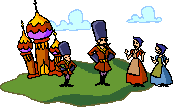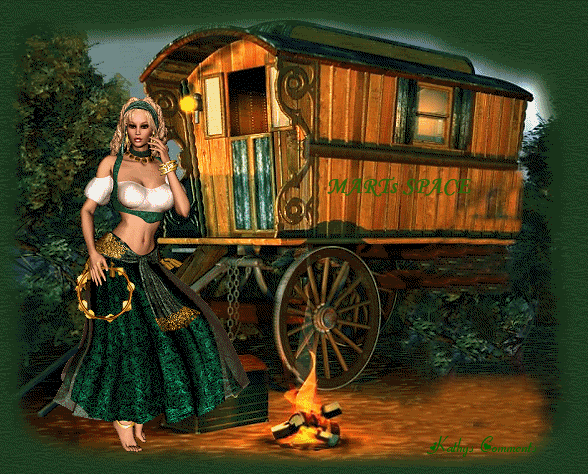Romantic/Nationalistic
Period

Romantic from c. the
start
of
the 19th century
Nationalistic from c.
1840
ROMANTIC PERIOD
Mid 19th century
onward.
Music which, instead of relying solely on its
melodies and harmonic
structure
as an appeal to the listener, attempts
by use of more modern
harmony
(one might say ‘lush’ chords),
big passionate tunes
(e.g. the
melodies of Tschaikowsy and
Rachmaninoff) and
terraces of
tone to draw out the
emotions of the
listener.
Much of this genre of
music
often
has a descriptive (programmatic) element to it -
attempting to describe
a
person,
scene, place or idea etc..
NATIONALIST PERIOD
Same time
period.
In addition, the composer is trying to portray in his
music
the soul of his country
for
which he bears great regard and love.
He will use, then,
perhaps
some
folk melodies or dance rhythms
of his race and will
portray
in his work passages which possibly
describe rivers, vast
plains,
mountainous terrain, bustling cities
and great architecture
as well
as the mood of his people.
So, every nationalist
is a
romantic
BUT
every romantic composer
is not
necessarily a nationalist.

COMPOSERS

FORMS
lieder
art songs of various
nations
opera (especially the
music drama of Wagner)
concert overture
tone poem
programme music
variation form
ballet as part of an opera
ballet as a separate art
form
INSTRUMENTS
full symphony orchestra -
often
augmented
the pianoforte
the saxophone family
brass band intruments
(e.g Bb euphonium, Bb
baritone,
Eb horm)
DEVICES
leit motif of Wagner
l'idee fixe of Berlioz
the whole tone scale
embedded track: Slavonic
Dance
No.
8 in G min. (Dvorak)
INDEX